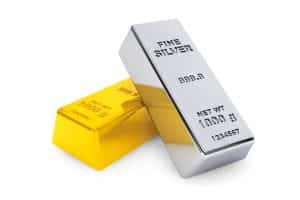Pre-market trading is essentially the trading activity period that happens prior to the session of the regular market. Pre-market trading sessions generally take place between 8:00 a.m. and 9:30 a.m. EST every trading day. The majority of the traders and investors carefully watch and study the pre-market trading activities to evaluate the direction and strength of the market in expectation for the subsequent trading session (regular).
Pre Market Trading Benefit
One prime advantage of pre-market trading sessions is that you can get an early start on various reactions to important news releases. Pre-market trading enables various investors to react to key events that can bring about major changes in the market like unexpected company misfortune, late-breaking news, overseas political turmoil, and so forth swiftly. That said, the restricted volume amount can provide the awareness of weakness or strength that can be false or deceptive when the trading market reopens as the actual volume comes into consideration. It is important to keep in mind that you can only execute pre-market trading with limit orders via ECNs (electronic communication networks) like Instinet, Archipelago, and Bloomberg Trade Book. The trading market makers cannot execute any orders until the opening bell rings at 9:30 a.m. EST.
Pre-market trading typically has limited liquidity and volume. Hence bid-ask spreads that are considerably large are quite common. Most of the retail brokers provide pre-market trading but might limit the order types that one can use during the window of pre-market trading. A number of brokers (direct-access) enable pre-market trading access to begin as early as 4:00 a.m. EST (Monday to Friday).
Plus, you must know that there happens to be minimal activity this early in the morning for most of the stocks unless there is some breaking and fresh news. Liquidity is incredibly thin as well, with nearly every stock displaying stub quotes. Exchange-traded-funds (index-based), like the SPDR S&P 500 Exchange Traded Fund, have shifting quotes owing to all of the tradings in the S&P futures contracts. Most of the top holdings widely held in benchmark indices might get movement as well if there happens to be a considerable gap down or up in the S&P 500 futures contracts. Stocks like Apple Incorporated have a tendency to get trades very early in the morning at 4:00 a.m. EST.



